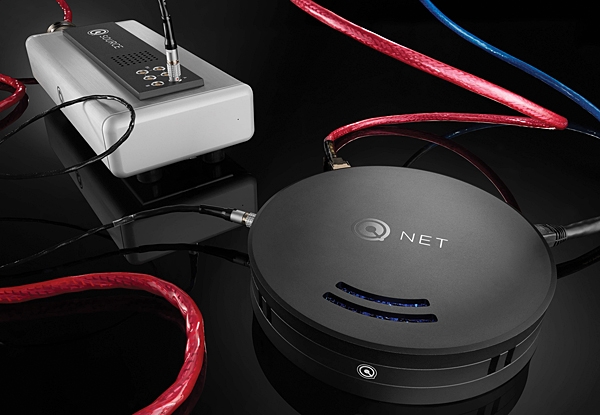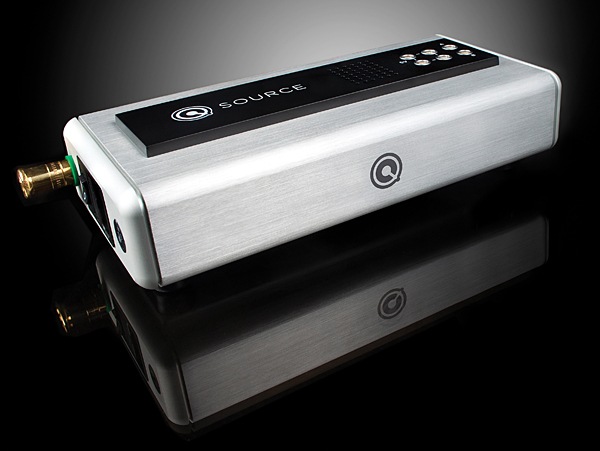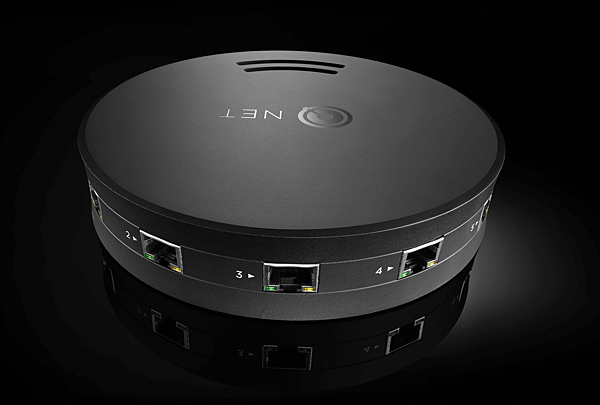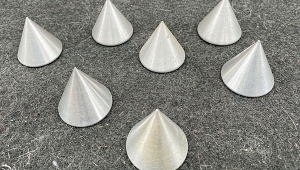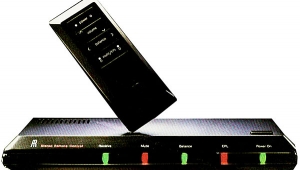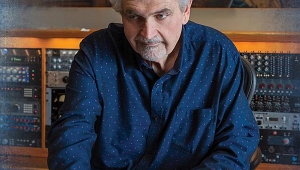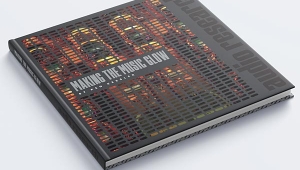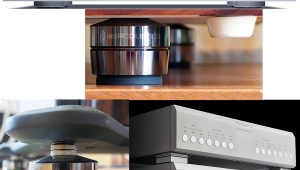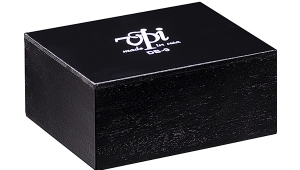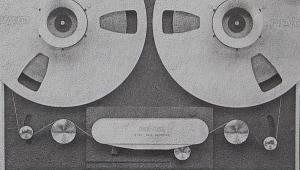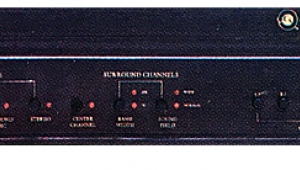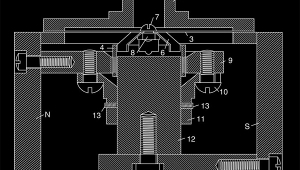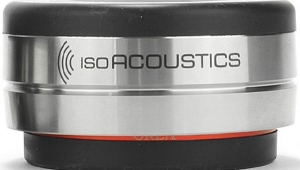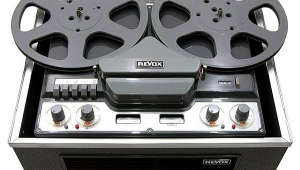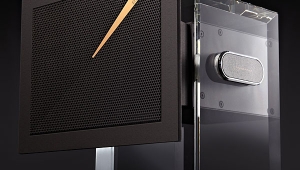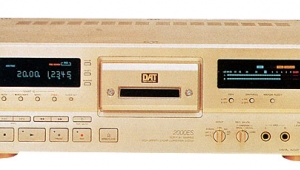| Columns Retired Columns & Blogs |
I suggest that you contact and interview Kevin Gross on the subject. He is a subject matter expert with high level of breadth and depth of knowledge on the subject of digital audio in general, and especially in digital audio over an Ethernet network. He led the group that produced AES67, and my understanding is that very much of that was his direct work product. You won't find another subject matter expert who _better_ understands what does and does not have any effect. He might also point you toward a network switch and power supply and isolators and Cat.5e cables which combine to function _perfectly_ in the application for a lot less than $6K, and he may have some ideas as to why your audio playback system performance was compromised when using the cheaper network components that presumably meet network performance requirements when utilized for transferring other data without errors on the same network.
As to Nordost, I would not know if he has any monied interests in Nordost products, but you could ask him.
https://www.aes.org/aes/kevingross
https://www.aes.org/member/contact.cfm?ID=1062017258
http://www.linkedin.com/in/kevingross
https://www.google.com/search?q=aes+kevin+gross
